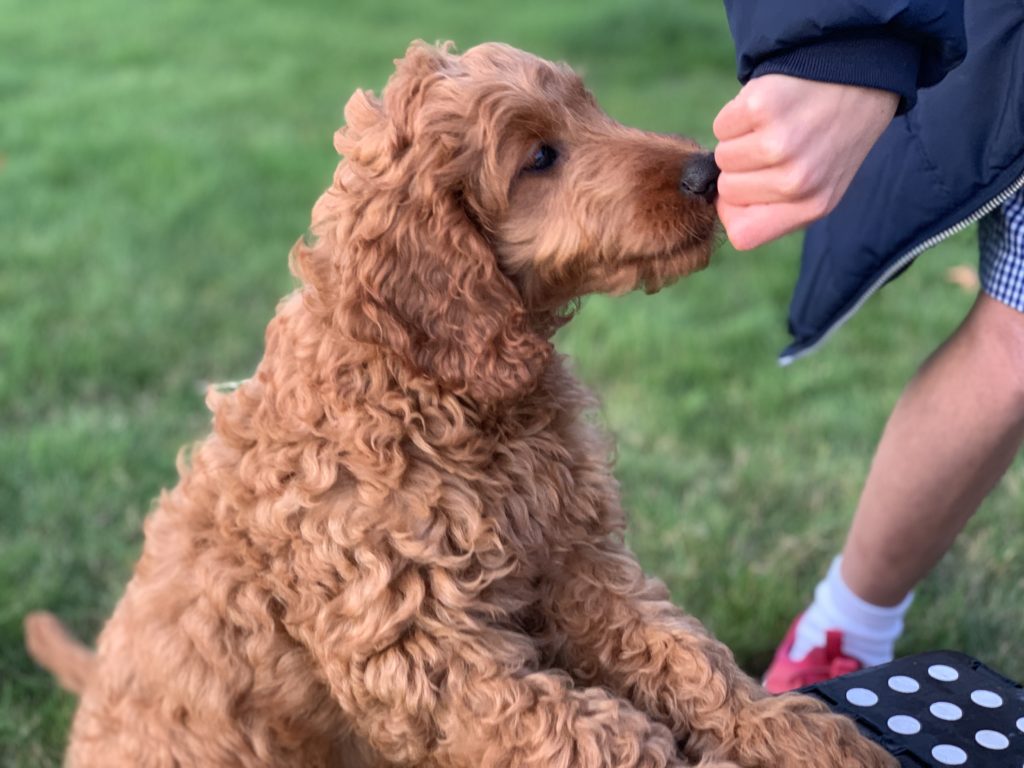
Puppy Training Tips
Although we might be a little biased, dog ownership is one of the most rewarding things in the world. But owning a puppy comes with responsibility, and some initial work, to help teach the puppy what is expected of them. Dogs form deep bonds with their owners and being on the same life journey as them is so fulfilling.
Puppy training goals – make them achievable
This means setting goals as a family means that everyone can get involved in the training and the puppy has the same instructions from everyone. When training there is never any need to use force or cause fear within the dog, always keep your training fun and enjoyable. Punishment is unethical and can cause your dog to become confused so use positive reinforcement instead. Reinforce the good behaviour that you do want your puppy to do and be accountable for the behaviours you don’t want.
As a responsible dog owner you should make sure that you set the puppy up for success as much as possible and not let them get into mischief. This means sometimes keeping your house tidier so they can’t steal you socks or taking them out more frequently to toilet outside. Your puppy learns basic obedience when you, as their owner, reward them for displaying the type of behaviour you want. When it comes to dog training, think about a set of building blocks, where each step is the foundation for the next step up.
Set realistic expectations for your puppy
You cannot expect your 14-week old puppy to be performing agility to the same standard as those collies you watched at Crufts. Training takes time and you will have to be patient and understanding working together as a team. A well-trained dog usually has an amazing bond with their owner.
Excellent Recall is Critical – How To Teach Your Dog To Come Back To You When You Call It

Depending on the breed of dog you have, some of them will have virtually unlimited amounts of energy, and the best way to help them burn at least some of that energy is to let them off the lead to run about to their heart’s content.
I want to confidently let my dog off the lead
Letting your puppy off the lead for the first time can be scary so you should practice this in the garden at home first. Then when you feel ready, to try it away from home, you can use a friends garden, hire a private dog field or use a long line attached to their harness. This should only take place in suitable locations when the dog is not put at risk of escape. Teaching your dog to come when called should always be fun and exiting as your level of success will depend on what distractions there are around at that time. If you want some puppy training help do speak to us about our puppy training programme. Let’s look at how you teach recall to your dog.
- When you are at home bonding with your puppy in those first few days, sit on the floor, call their name and say “Come”. Their name is to get their attention and “come” is your cue.
- Every time they respond and come to you, reward them with a tasty treat and lavish praise. Remember positive reinforcement; we want the dog to associate returning to you as a good thing, which of course, it is!
- Another great game to play with your puppy is to drop a treat near them and say “find it”. Don’t drop the treat too far from them as they don’t yet understand the concept of you throwing an object. They will hopefully start to use their nose and ears to locate where the treat fell.
- The next stage in recall training involves dropping a treat onto the floor behind you and saying “find it”. As you puppy goes to eat the treat, walk away and then recall them with “come”. As soon as you puppy comes running mark and reward this with a tasty treat.
- Repeat this process, but keep increasing the distance that you throw the treat. We want to ensure that he turns around to and responds to you when you call them.
- Without rushing these steps, once you are confident that your new puppy is responding to the recall cue every time, try throwing down a treat and then jumping back two or three steps. Your dog should find this great fun, as most dogs like a bit of chase.
- The aim is to get the dog to enjoy coming back to you when called. You can reward their good behaviour with different types of reinforcement such as cuddles, treats, running or verbal praise. Whatever your puppy finds reinforcing.
Warning: One of the biggest traps people fall into is constantly repeating their puppies name if and when the dog is not responding. Saying your puppies name should be to get there attention but you must always give them a cue afterwards, telling them what you want from them. Imagine if someone repeatedly said your name, you would wonder what on earth they actually wanted! This would be giving your puppy the wrong signal, confuse them and teaching it that it can ignore your words. Never be afraid to go back a step if they aren’t responding until you are confident that your pup will always respond to its name and recall cue when you call it.
Remember To Keep The Training Fun, Short And Planned

Everyone wants to hit all of their targets and goals when it comes to training their new puppy, but with our many years of experience training dogs and having participated in and taught thousands of puppy classes, our motto has always been regular and often in regards to puppy training.
Remember puppies have a short attention span and the last thing you want is to demotivate your puppy. It can be tempting to spend hours working with your dog, never forget that motivation is key to building your relationship whilst teaching them new cues.
If you work on longer training sessions, you will notice diminishing returns, and frustrations will begin to creep in. Always remember three key concepts when undertaking any training.
Fun
Dogs, much like humans, will learn quicker when the training is fun and exciting. Think about any training you have completed at work; if it was boring and monotonous, did you enjoy it, were you open to learning, or did you switch off? Your dog learns in much the same way, so the more fun the dog is having, the quicker they are likely to learn, and the more they will look forward to the next session.
Short
Your dog will get significantly more benefit from their training with three fifteen minute sessions during the course of a day than one 45 minute session. The results will be much better if you can get your dog into a routine of regular short training sessions, which they enjoy.

Well Planned
The other key component to delivering a good training session is to ensure that it is appropriately planned and focused on one specific aspect of a dog’s behaviour. Try to start training in an area where you won’t be disturbed, such as a small room or garden, where there are no distractions, such as other dogs or exciting smells. Always have treats with you to reward good behaviour and help redirect a dog demonstrating bad habits. Many dog owners feel that they are capable of training their dog, and while this may be true in some instances, it is always beneficial to utilise the services of a professional trainer.
This is a great resource that could potentially repay the cost many times over. Unfortunately, many dog owners only decide to invest in a dog trainer after they have allowed their pets to pick up bad habits. At The Confident K9, we have many years of experience and expertise within the dog training industry. We have helped with every challenge dog owners face, from potty training, teaching a dog not to pull on the lead, choosing appropriate chew toys to reliable recall training.
If you are interested in employing our services or want to discuss a specific problem, then feel free to contact us today to arrange a free no-obligation quotation.
Disclaimer: The information provided in this blog is for informational purposes only. Read our full Disclaimer.

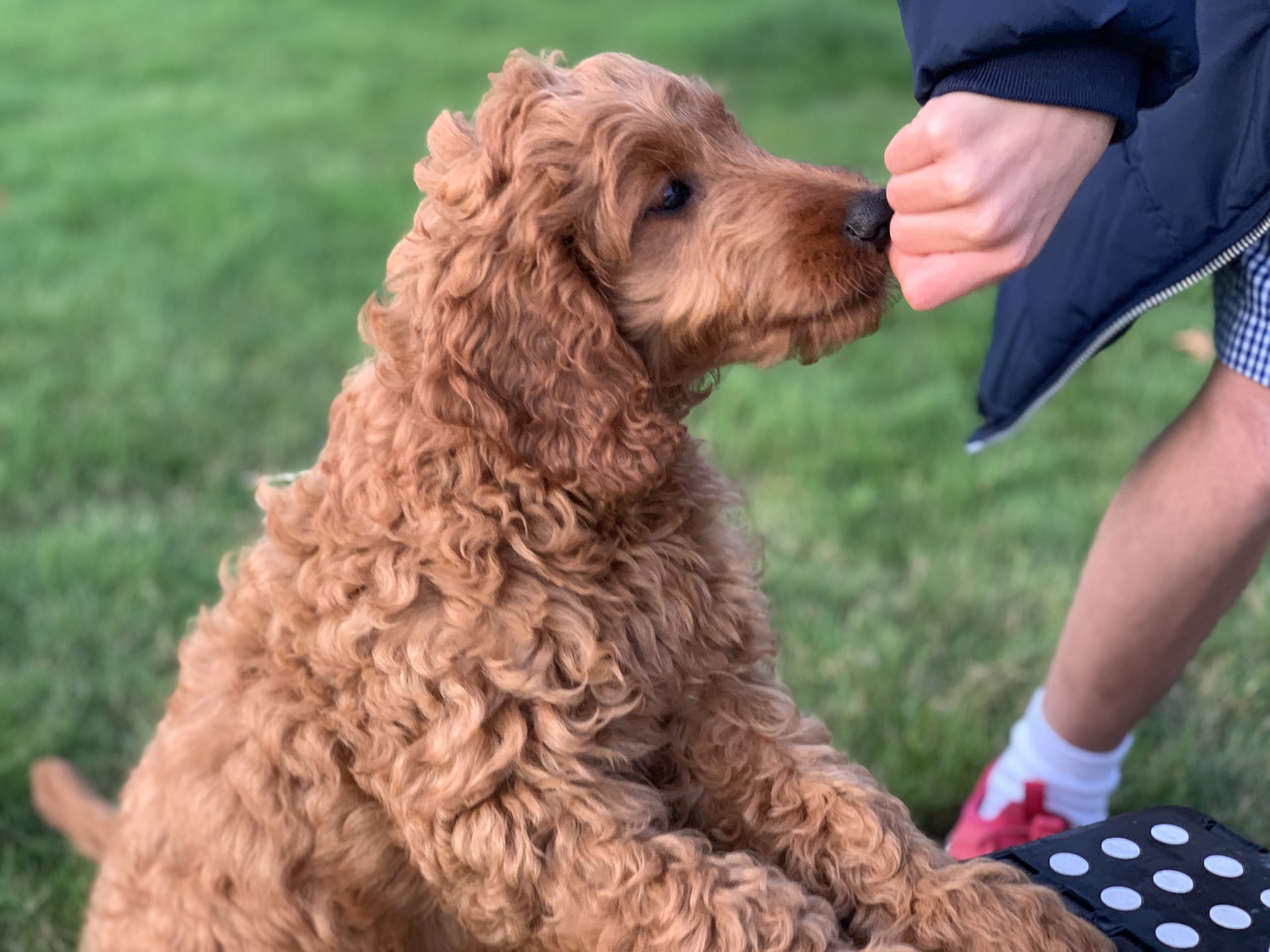


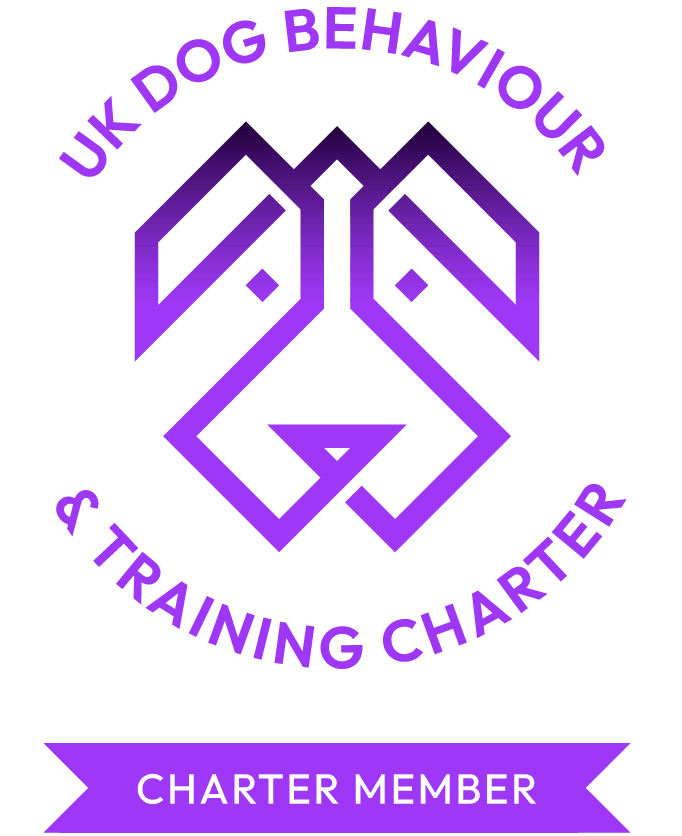
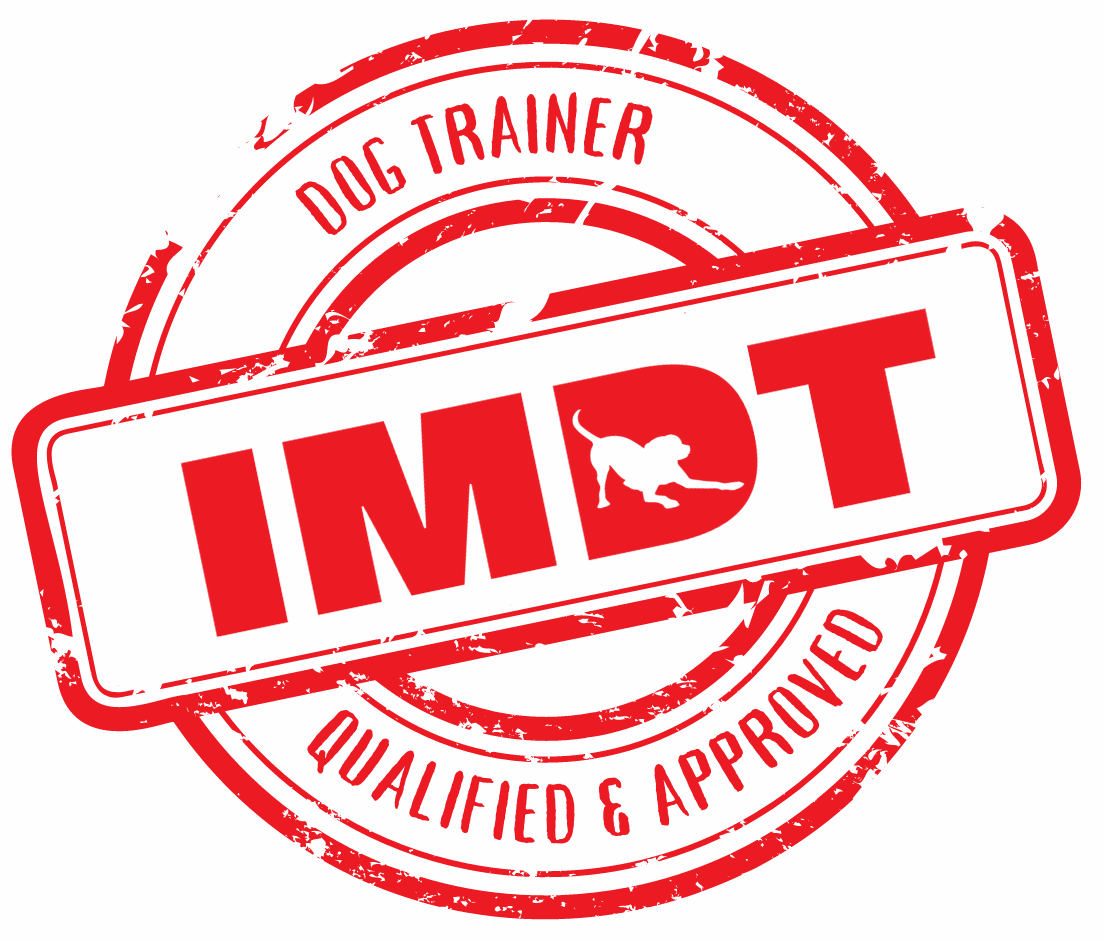
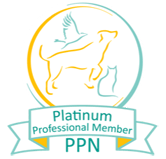

Comments are closed